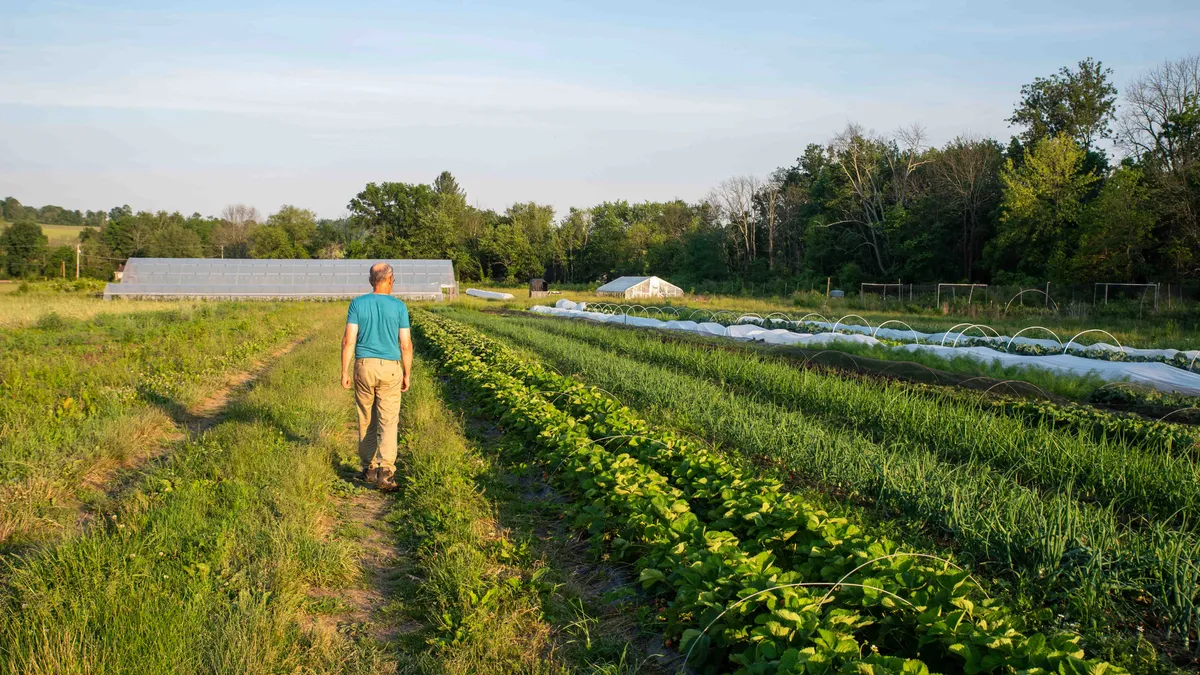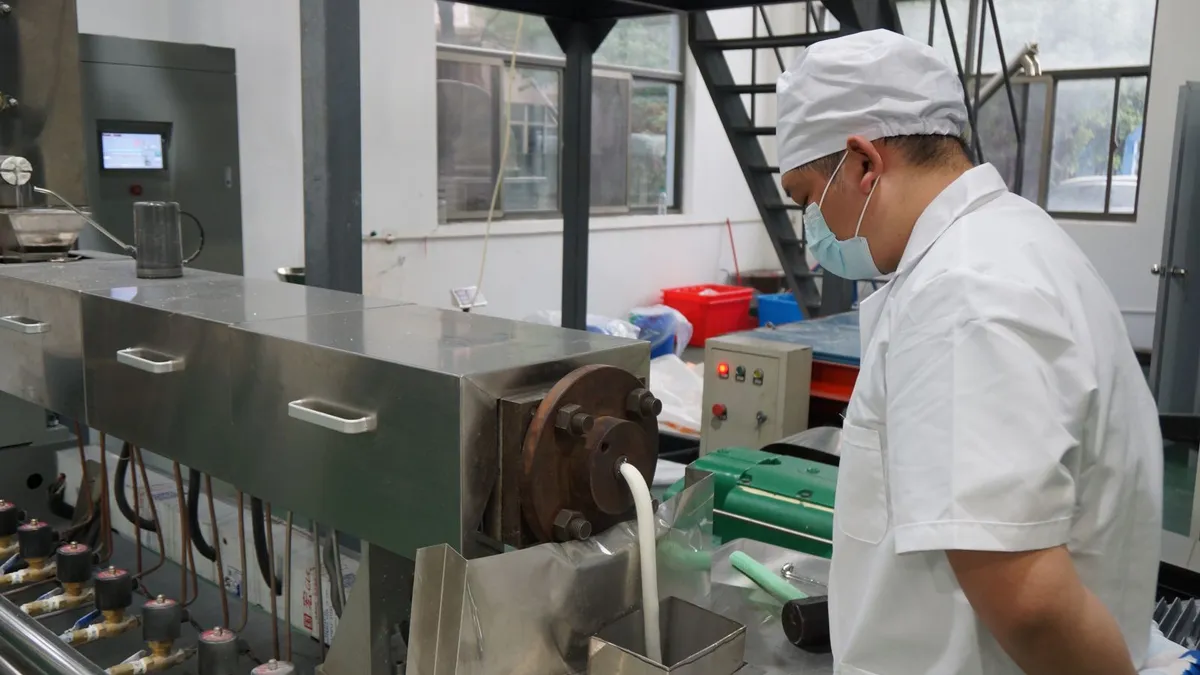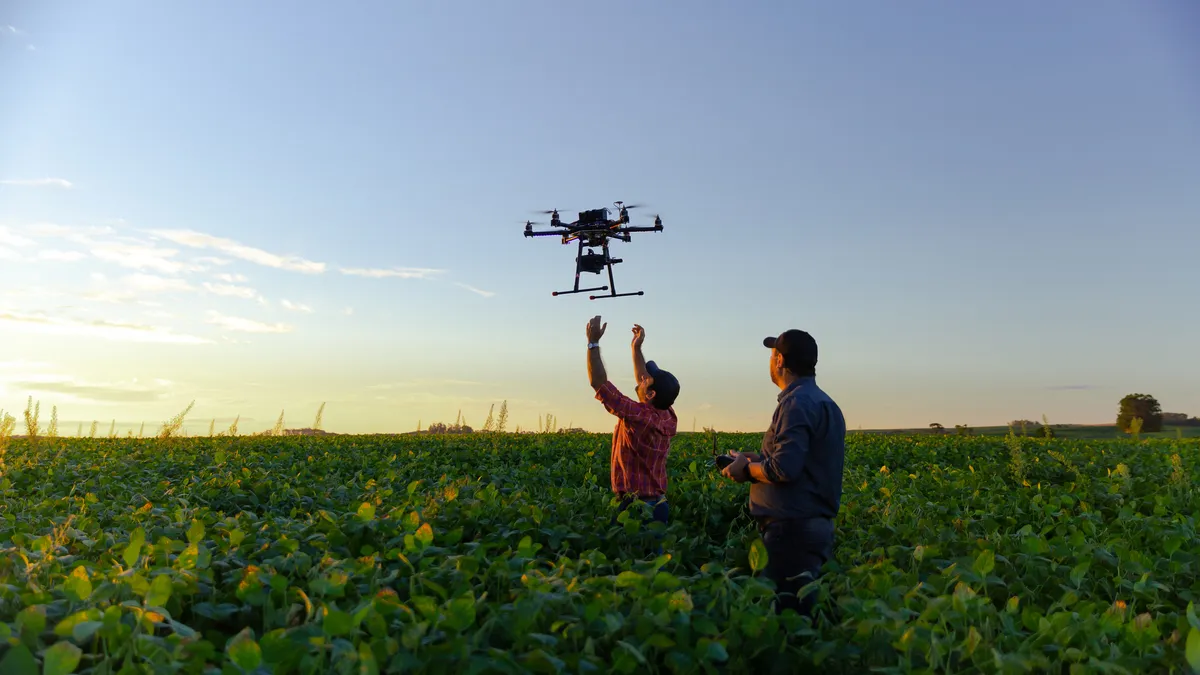A sudden court order restricting sales of dicamba weedkillers is creating supply concerns among farmers and reviving a decades-long debate over the use of the controversial herbicide.
For the second time in less than five years, a U.S. federal court rescinded approval of dicamba-based products manufactured by agrichemical giants Bayer, Syngenta and BASF. While an order from the Environmental Protection Agency permits farmers and retailers to use existing supplies, there still may not be enough of the herbicide to get through this year's growing season.
"There are some supply concerns, but it's spotty," said Donnie Taylor, senior vice president of membership and corporate relations for the Agricultural Retailers Association. "Some retailers don't have 100% of the inventory that they sold in past years, some do."
As some farm groups press the EPA and Congress to ensure there is sufficient supply, others remain hopeful that the court order could slow the expansive use of the herbicide that has been known to drift and inadvertently decimate millions of acres of surrounding crops.
"There's been a massive loss by conventional farmers because of dicamba," said Meredith Stevenson, an attorney with the Center for Food Safety, which filed the suit. "This is not just some fringe environmentalist issue. This is an issue that's affecting our family farms and our growers across the country."
Behind the dicamba divide
First approved for corn in the 1960s, dicamba was almost immediately considered controversial for the risk it posed to surrounding crops. Dicamba is incredibly volatile, meaning it is more likely to evaporate into the air and be carried off to other farms, habitats or communities.
For decades, corn farmers were largely able to control the volatility of dicamba, said Aaron Hager, a crop sciences professor at the University of Illinois Urbana-Champaign. The crop cycle meant that spraying largely occurred during cooler months, reducing the risk of vaporization.
"We can generally have good safety by applying it to different types of grass crops like corn," Hager said.
That's not necessarily the case when it comes to soybeans, however, which are incredibly vulnerable to dicamba. But a growing tolerance to glyphosate — the main ingredient in Monsanto's Roundup — has pushed agrichemical companies to rely on the herbicide as an alternative.
Dicamba was approved for use on soybeans for the 2017 growing season, with farmers required to use herbicide-tolerant seeds. The expansion created new hazards, Hager said, as soybean growers typically apply herbicide in June and July, when temperatures are at their highest and most likely to cause volatilization.
"Given this new use pattern, the question going into any growing season is not if you're going to see off-target movement," Hager said. "It's 'how extensive is it going to be?'"
Data from the EPA shows some idea of how dicamba drift can wreak havoc on crops not genetically modified to resist the herbicide. In 2017, the first year soybean growers could use the herbicide, state agriculture departments received more than 2,600 dicamba-related crop injury complaints, with more than 3 million acres of soybeans damaged. Specialty crops, including tomatoes, pumpkins and trees, were also impacted.
The consequences of dicamba drift led to court intervention in 2020, when a federal judge rescinded registration for the herbicide's use on soybeans. Among other things, the court found the EPA had "substantially understated risks" of the herbicide.
Since then, the EPA has approved the re-registration of the products with tightened labeling requirements. Some states have also imposed requirements on how and when farmers can use the herbicide.
Still, around 1 million acres of soybeans were impacted by dicamba drift in 2021, according to the EPA's most recent report, which noted farmers are likely significantly underreporting damage.
"Nothing got fixed," said Stevenson with the Center for Food Safety.
As courts get involved, what's next?
The most recent court order accuses the EPA of illegally skirting public input laws when it re-registered dicamba products in 2020. EPA could appeal the decision, or re-register the products with a public comment period.
For now, farmers, retailers and agrichemical companies remain in limbo as they await EPA action. Farm groups and U.S. senators have called on the EPA to appeal the court decision, and expand the existing stock order to include products that have been already manufactured, but not purchased.
"The last thing farmers need now is to lose access to critical crop protection tools in which they have already invested thousands of dollars and on which they have based this year’s planting decisions,” a group of 20 senators wrote to EPA Administrator Michael Regan Feb. 20.
An EPA spokesperson told Agriculture Dive the department "will continue to update the public and the states as it evaluates and takes any actions related to dicamba use."
With the herbicide’s future uncertain, some disgruntled farmers are asking for refunds on technology fees charged on their dicamba-tolerant seeds, said Taylor of the Agricultural Retailers Association. While growers can still use the seeds and manage weeds through other crop protection tools, it's unclear whether there's enough alternate supply in the marketplace to fulfill demand.
"That's the other thing that is a wildcard that no one in the marketplace can answer correctly," Taylor said. "Is there enough alternative chemicals in the marketplace? If there is a gap, can we make up that gap?”


















